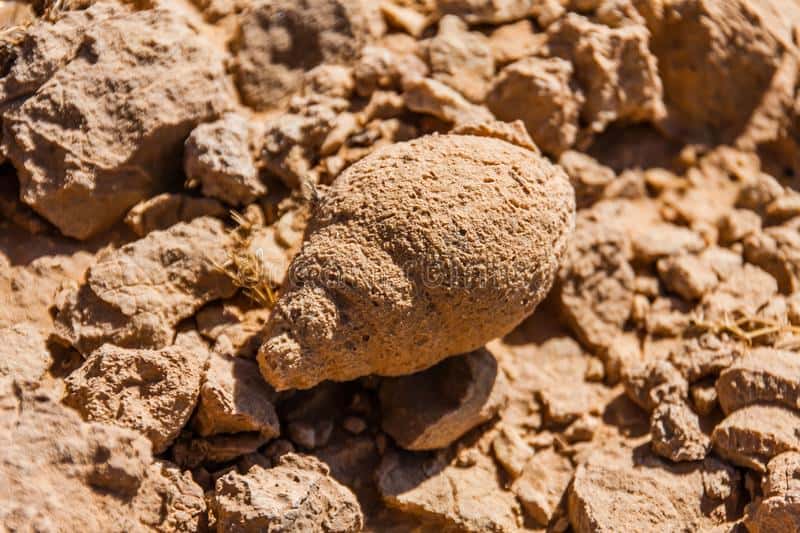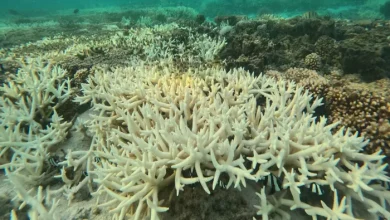Saudi geologists discover rare fossil remains on the coasts of Tabuk

The work of the fossil exploration team and study of ancient life at the Saudi Geological Survey for the year 2022 started at the beginning of last February in “Azlam Formation” area in Tabuk.
They conducted research in the “Azlam Formation” area in the Tabuk region along the Red Sea coast between the governorates of Duba and Umluj.
This team discovered the remains of extinct marine animals that ranged in age from 16 to 80 million years.
These discoveries indicated the existence of fossil sites that will be developed in the future as tourist attractions within the scope of the Red Sea development projects.
The Red Sea and Amala project areas also contain fossils of various types of vertebrates and invertebrates and the remains of plants that lived in shallow and coastal marine environments dating back to the modern and middle ages of geological life (Cretaceous – Miocene).
Some of these fossils belong to marine reptiles that were found buried in the sediments of the Late Cretaceous period, mosasaurs and plesiosaurs.
Mosasaurs are marine reptiles that lived in the Mesozoic era and were characterized by a huge cylindrical bodies like crocodiles, and they had front and back ends in the form of flippers used for swimming and balancing in the water.
The plesiosaurs differ from them by the small size of their skulls, the elongation of their necks, and the thinness of their flat bodies.
Fossil samples were also extracted from the sediments of the Eocene, up to 45 million years old, from which the thoracic vertebrae of extinct marine mammals belonging to sea worms or similar to the dugong were known.
In addition, parts of turtles and crocodile limbs were discovered that lived in the coastal areas when the Tethys Sea covered most of the Arabian Peninsula.
This period of geological history is estimated at 20 million years before the opening of the Red Sea and the separation of the Arab plate from the African plate.
Then the team set out to explore the fossils in the Al-Sharrashiyah formation in Al-Jouf region, where a rare type of giant Eocene whale was discovered, which used the warm waters of the Tethys Sea as an ideal environment for breeding.
The length of the discovered whale ranged from the front of its head to the end of its tail, between 18 to 20 meters, depending on the structures discovered in different parts of the world.
The specialists continued their research work at the Sur Asfan fossil site, which is from the early Eocene period. The remains of shark teeth and lyre fish were found in it, as were crocodile vertebrae and parts of the skeletons of turtles.
These fossils are considered the axis of connection and emulation between several fossil sites from the governorate of Turbah Al-Taif, passing through Huda Al-Sham and reaching Asfan and Al-Ghula in the west.
The fossil wall of Asfan has formed about 55 million years ago from the Lower Eocene era. It is located northwest of Asfan Governorate, near the Red Sea.
The layers of this geological section were originally deposited in the cumulative barrier environment of calcareous organic origin.
The fossil exploration team at the Survey and Excavation Center at the Commission is currently working on continuing its research work in various regions of the Kingdom to explore more extinct fossils.





